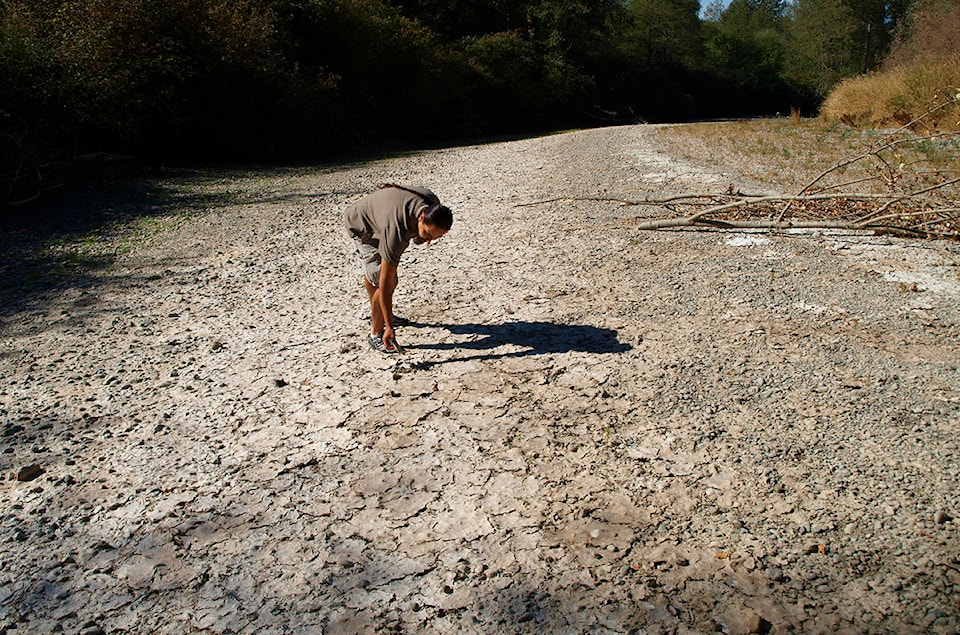Between entangled elk, the Lady of the Lake contest being cancelled for the year, and a month of snow in February, there was plenty to make headlines up at Cowichan Lake in 2019.
But there was one thing that surfaced early, and continued through the year: water woes.
The first inkling that there was going to be a major problem was in early March, when the Cowichan Stewardship Rountable reported that the Lake was only about 40 per cent full — and this is typically in the middle of the rainy season.
Many shrugged off that early warning, presuming there was plenty of time for the spring rains to come and fill up the tank, as it were. But that didn’t happen. By May efforts were underway to rescue fry from tributaries to the lake system. And by August Catalyst, which operates the weir controlling water from the lake into Cowichan River, took the unprecedented step of beginning to pump water over the weir to keep the river running.
We hope things will be better next year, but all too often, what’s past is prologue. With climate change upon us, and years of increasingly severe summer droughts behind, it seems more likely that this pattern will continue into the future. The Cowichan Valley Regional District, which is in the initial stages of planning to raise the weir to hold more water in advance of the summer months, calls it The New Normal.
Whatever you want to call it, it is clear that we can no longer take for granted that our water systems, so much more than adequate in the past, are facing a crisis.
The idea of raising the weir is not a particularly new one. It has been especially controversial around Cowichan Lake, as property owners worry about losing beachfronts to more water. The group Weir Ready has been doing a great job of going individually to residents’ properties and showing them exactly where the water is likely to rise to if the weir is raised. Check them out if you’re a waterfront property owner who hasn’t had this done and would like to. Because it looks as if raising the weir is definitely in the cards now.
It needs to be. Snowpack isn’t what it used to be, and when rainfall falls short, a reserve of water is required, not only to keep human activities going (like taking showers, brushing teeth, and flushing toilets), but also for the survival of our salmon, and all of the myriad wildlife and ecosystems of which they form the bedrock.
What is your pick for the top story of 2019? Be sure to check out the first six months of our year in review.
